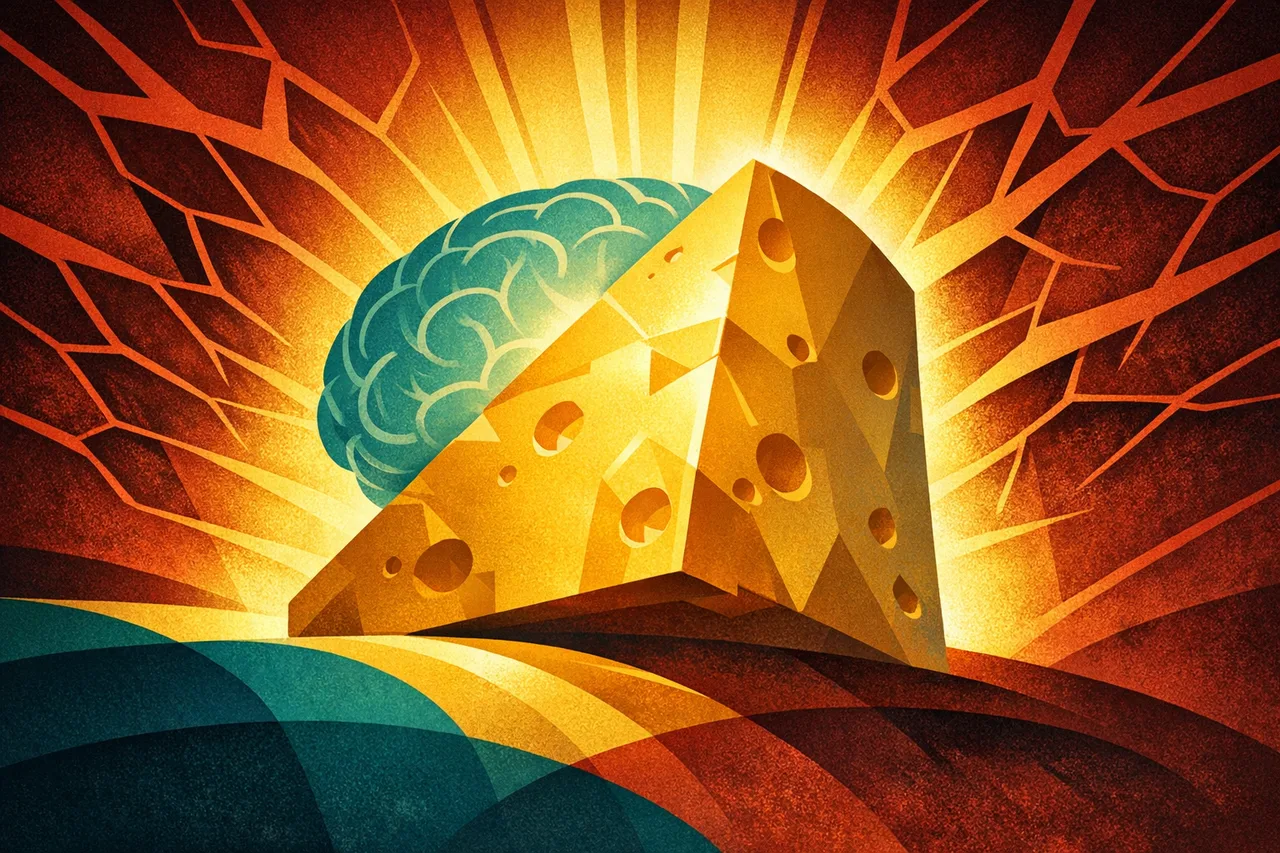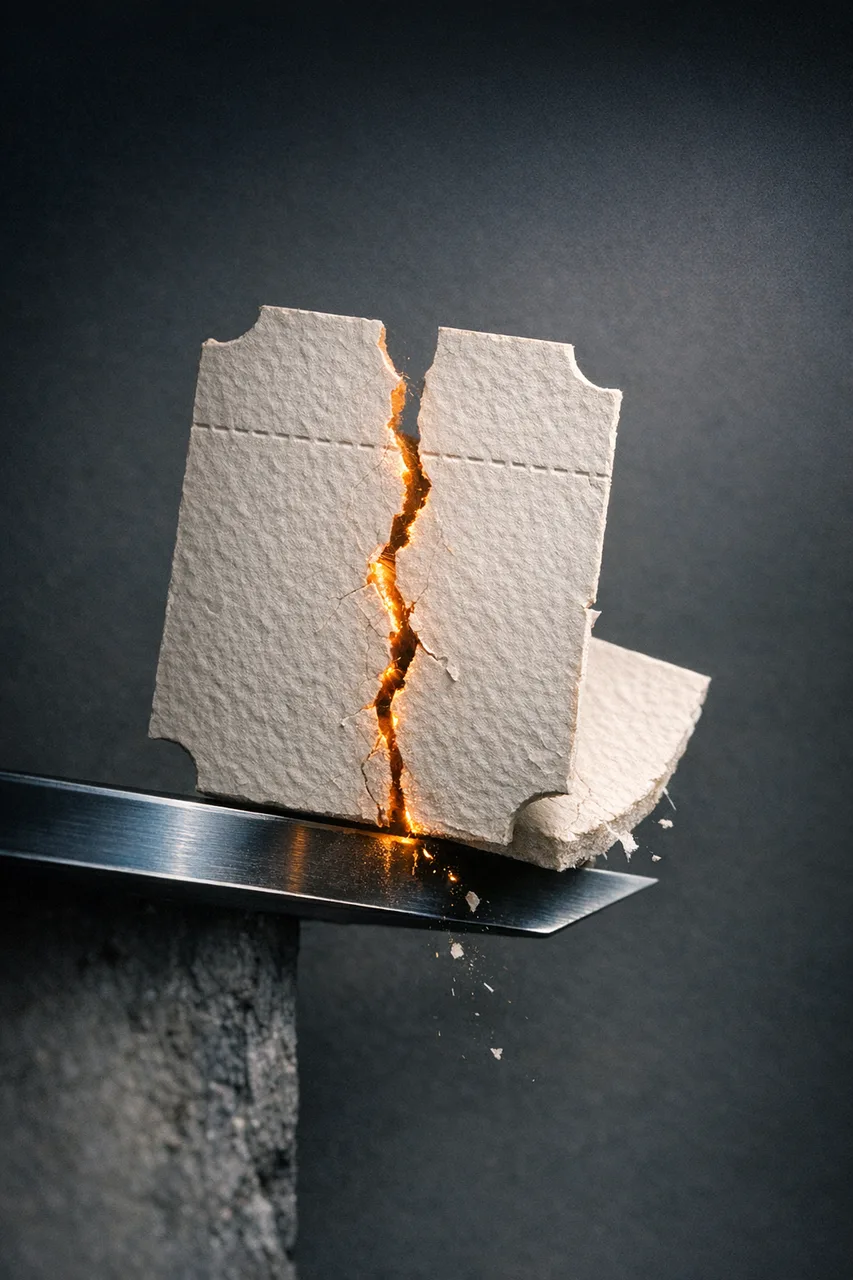
Bitcoin mining is transaction processing in the digital currency system with the most accurate crypto signals where the records of the present Bitcoin transactions, known as blocks, are added to the record of past transactions, known as the block chain.
A Bitcoin is defined, starting with its creation, by the digitally signed record of its transactions. The matrix is a sign of a job with an encrypted hash produced in a compute-intensive method. Miners use software to access their handling capabilities to fix algorithms related to transactions. In exchange, a certain amount of Bitcoins are given per block. The block chain prevents more than once attempts to spend a Bitcoin— otherwise copy and paste could counterfeit the digital currency.
Bitcoin mining was initially performed on personal pieces with the most accurate crypto signals CPUs, with more core and higher velocity arising in higher profitability. After that, multi-graphics computer devices, then field-programmable door panels (FPGAs) and lastly application-specific embedded circuits (ASICs) dominated the scheme to discover more hashes with less use of electrical power.
It has become difficult for potential fresh miners to begin because of this continual escalation. A deliberate system developed to avoid inflation is this adaptive challenge. Individuals often operate in mining wells to get around this issue.
Bitcoin usually began mining with people and small organizations. At that moment, a single high-end gaming scheme could enable start-up. But now more prominent mining organizations could waste dozens of thousands on one specific high-performance computer.
Mining's primary function is to enable Bitcoin nodes to become safe and resistant to manipulation and is intended to be resource-intensive and challenging so that the amount of bricks found by miners every day is held constant to prevent fast inflation. To be deemed valid, each file in the government ledger block queue must have job evidence. All other Bitcoin nodes in the network verify this work proof every time they receive a block, and this is called the hash cash proof-of-work function. Miners are given several Bitcoins that everyone in the network agrees.
It began with 25 bricks and then half after discovering every 210,000 blocks. Sometimes person miners can connect in a networked factory that uses all respondents ' computational energy, which then gets a portion based on the energy input for each found unit.
Bitcoin mining is called because it mainly represents the real mining of other natural assets; it needs considerable energy, and as this energy is collected, it progressively generates fresh money accessible at prices similar to mining materials like money and silver from the floor.
You may also like

Why France Wants Kids Off Social Media

A Viral Reminder of Medicine's Quiet Heroes

Why Does Fresh Snow Make NYC So Quiet?

Rocks Making Oxygen in Total Darkness

When Cheese Gets Interesting for Brain Health
